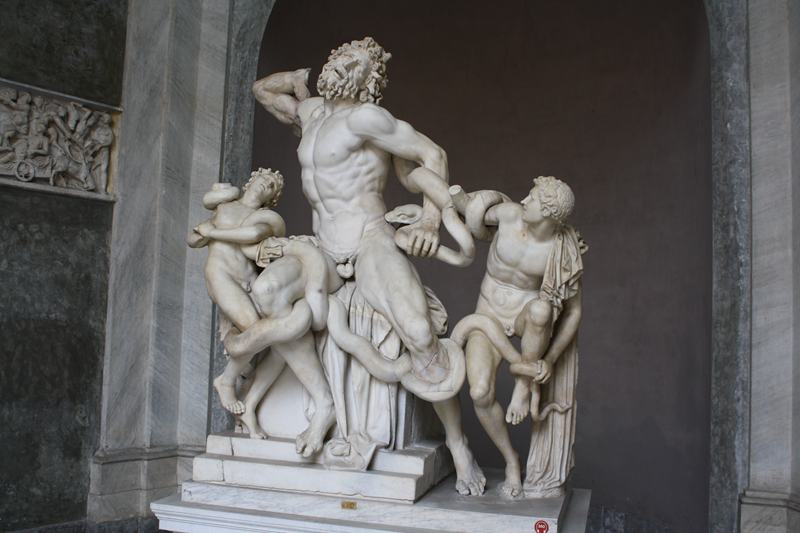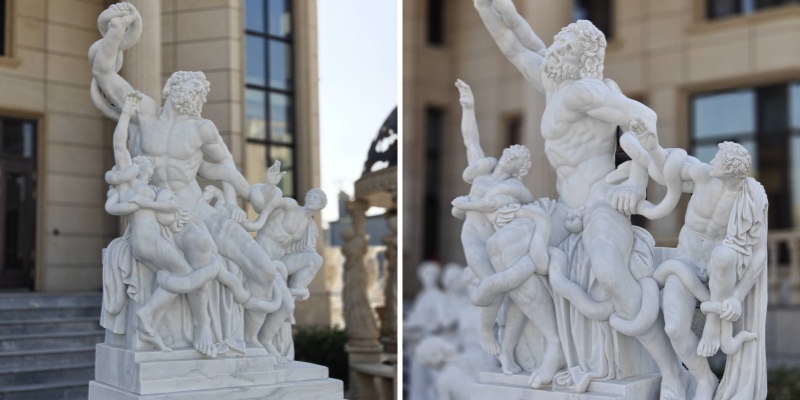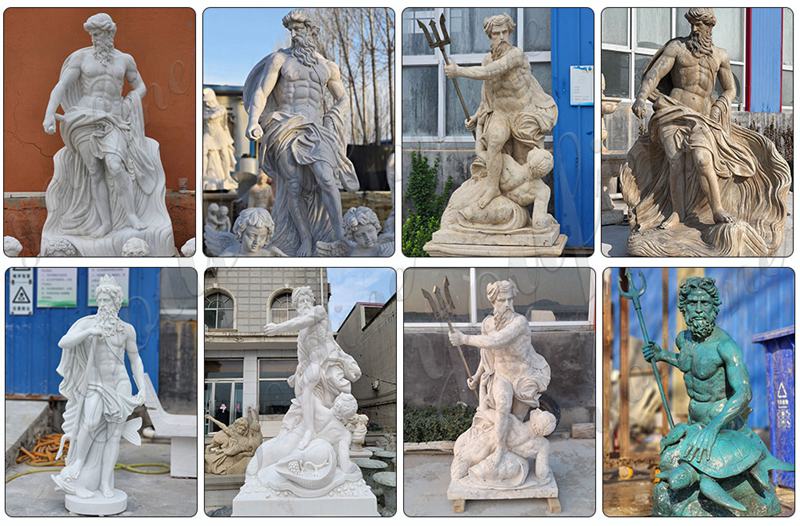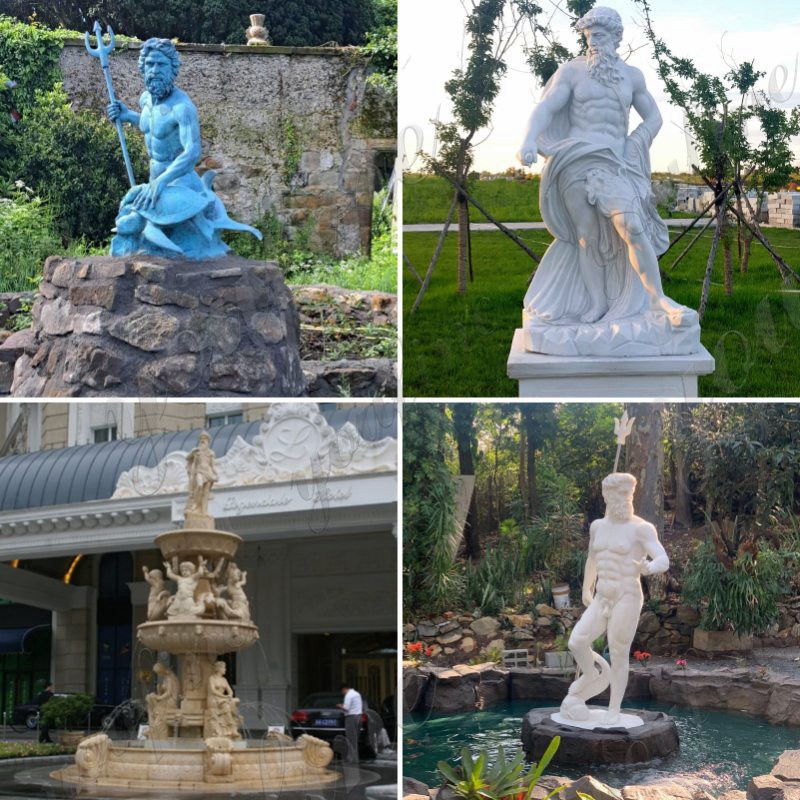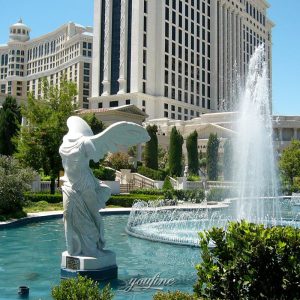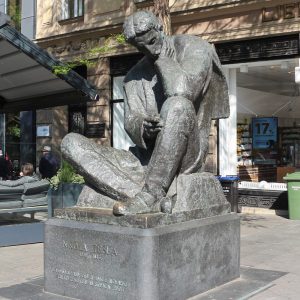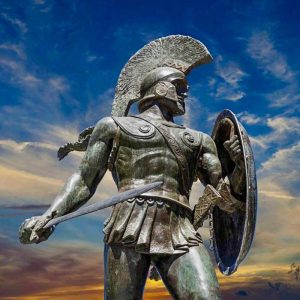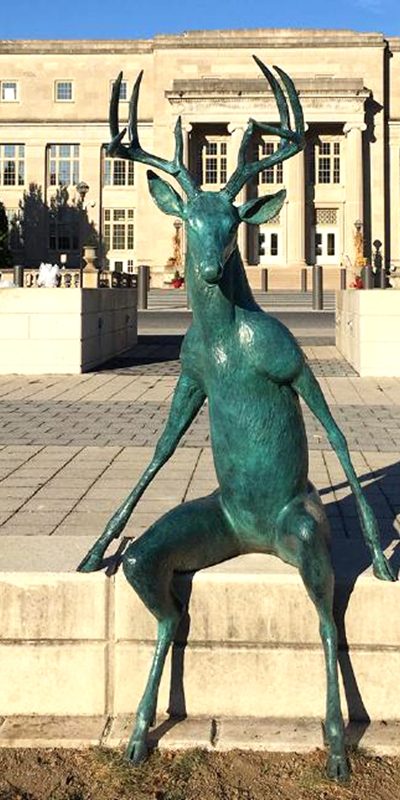From the roaring waves to the silent depths, Poseidon, the mighty god of the sea, has always captured mankind’s imagination. His powerful presence is not only a relic of ancient mythology but a continuing inspiration for artists and storytellers throughout history.
In this blog, we delve into the fascinating world of Poseidon’s sculpture, exploring how his image has evolved from classical times to modern interpretations. Join us as we uncover the rich symbolism, legendary stories, and iconic statues that depict this powerful deity, reminding us of the enduring fascination of the ocean and its mysteries.
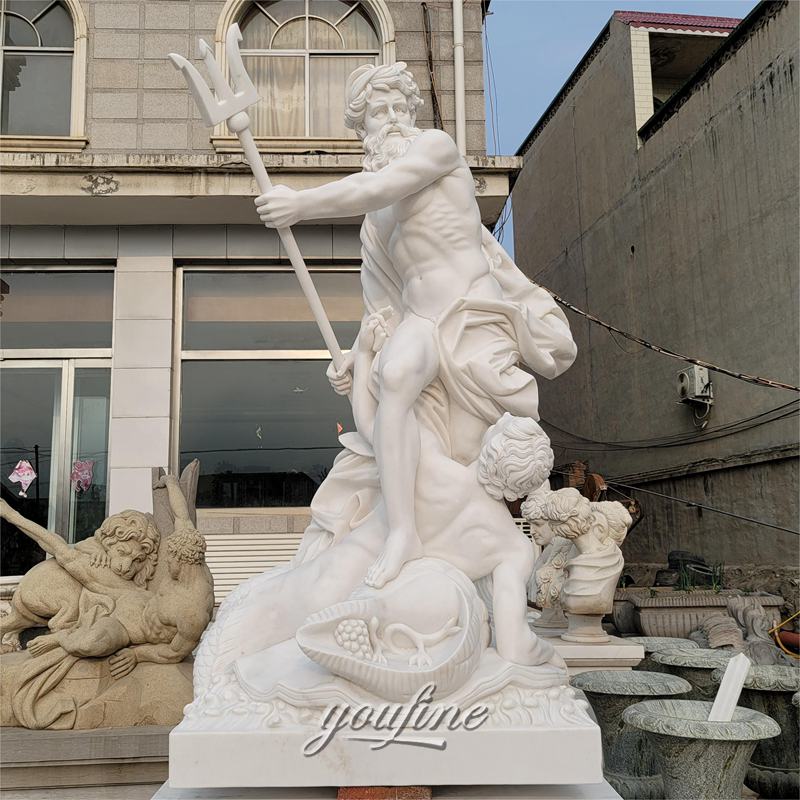
The Story of Poseidon
Poseidon is the god of the sea in ancient Greek mythology, and his story is full of adventure, conflict, and magical events.
Birth and Status
Poseidon was the son of Cronus and Rhea, and the brother of Zeus and Hades. According to Greek mythology, Poseidon and his siblings were rescued when their father Cronus devoured them. Zeus defeated Cronus, freed his siblings, and divided the power to rule the world with them. Poseidon was assigned the oceans, and he also ruled over earthquakes and horses.
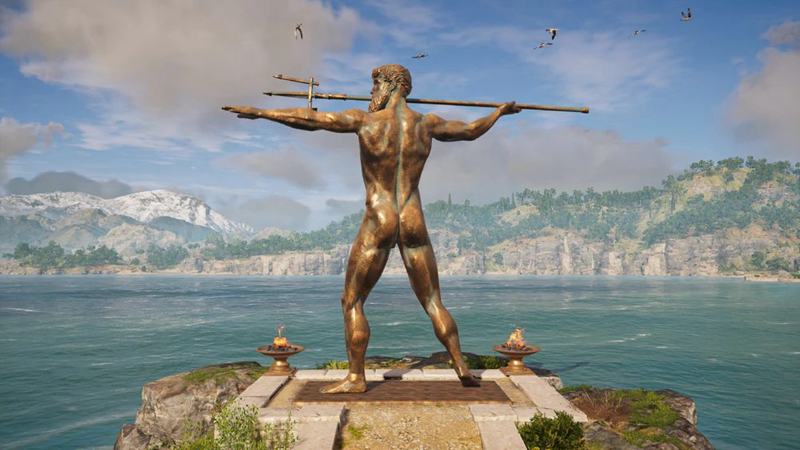
The Battle with Athens
Poseidon and Athena once fought for the right to rule Athens. To win the city’s patronage, they both gave gifts. Poseidon struck a rock with his trident, creating a fountain of seawater. However, Athena created the olive tree, a symbol of peace and prosperity. The people of Athens eventually chose Athena as their patron saint, thus naming the city “Athens”.
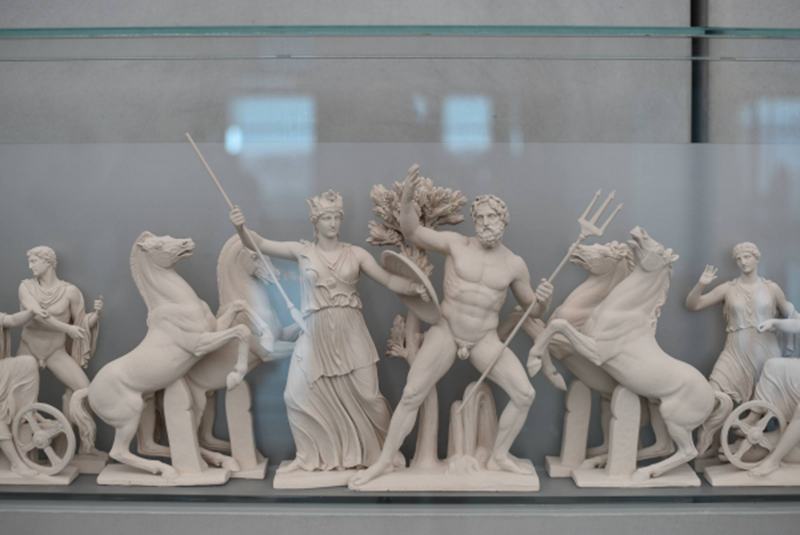
Trojan War
During the Trojan War, Poseidon participated in the attack on Troy. Legend has it that he helped the Greeks build the walls of Troy, but after completing the task, the Trojan King Laomedon refused to pay him. Angry, Poseidon decided to side with the Greeks in the war. He destroyed the Trojan ships with huge waves and sent a sea monster to harass Troy.
Love Story
Poseidon’s love story is also well known. He had relationships with many women, including the sea siren Medusa. Legend has it that he and Medusa had sex in Athena’s temple, causing Athena to turn Medusa into a gorgon. Poseidon gave birth to Antaeus with the earth goddess Gaia, and Antaeus was a legendary strongman who had infinite power only when he touched the earth.
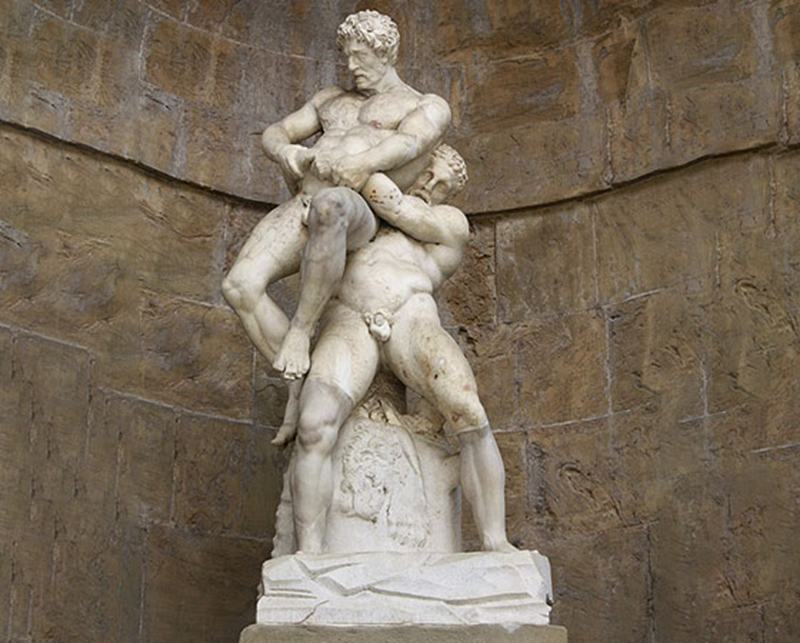
These stories show Poseidon as the god of the sea and the embodiment of natural power and also reflect the ancient Greeks’ awe and worship of nature and gods. The image of Poseidon in mythology is complex and changeable. He has both powerful power and complex human characteristics.
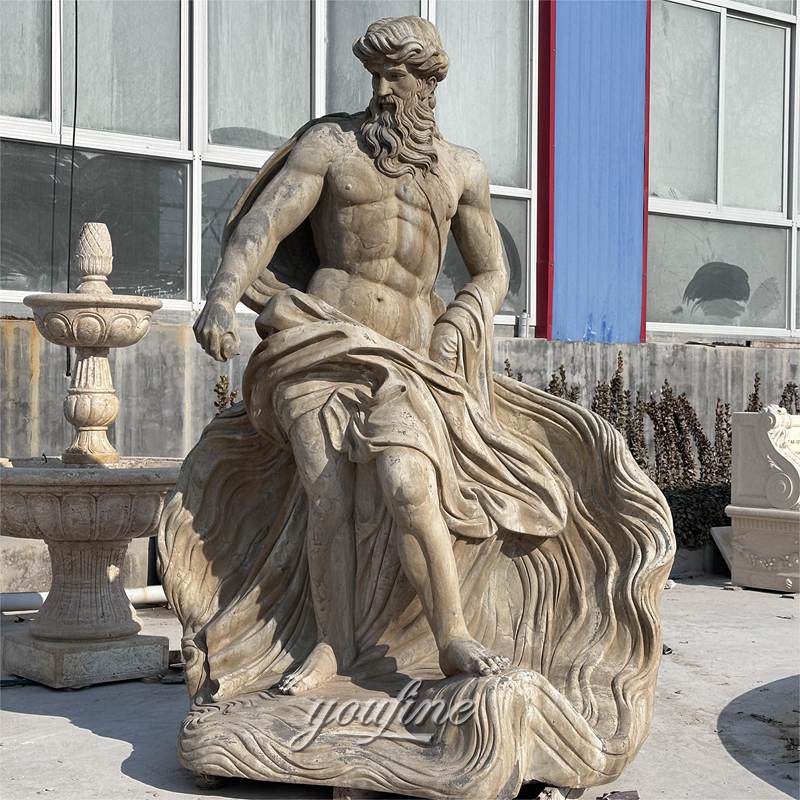
The Symbolism of Poseidon
Poseidon is the god of the sea in ancient Greek mythology. His symbolic meanings are rich and varied, covering natural power, authority, vitality, and other aspects.
Ocean and Water Symbolism
Poseidon’s most widely known symbolism is his role as the god of the sea. He rules over the oceans and all bodies of water, including rivers and springs. His trident is his signature weapon, symbolizing his power over the seas. He is believed to be able to cause tsunamis, storms, and earthquakes, all natural phenomena associated with the unpredictable and powerful force of water.
Life and Prosperity
Water is the basis of life, so Poseidon also symbolizes the source of life and prosperity. In ancient times, the control of water resources meant agricultural success and the quality of life of the people, so Poseidon was also regarded as the god of harvest.
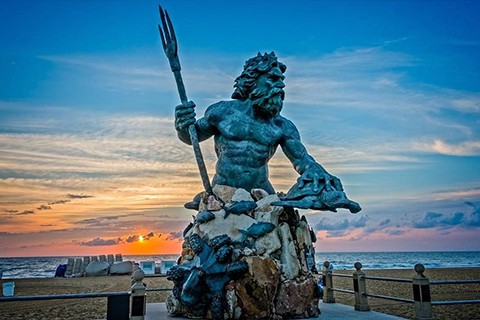
Authority and Power
As one of the gods of Olympus, Poseidon represents divine authority and power. He holds a high position among the gods of Olympus and shares the world with Zeus and Hades. His image is often majestic and powerful, a manifestation of divine power.
Horses and Sailing
In addition to the ocean, Poseidon is also closely associated with horses. He is considered the creator and patron saint of horses. This makes him the patron saint of ancient sailors and knights. His symbolic meaning also includes the blessing of sailing and travel.
These symbolic meanings of Poseidon are not only reflected in ancient Greek culture but also continued and developed in later art and literature. He is not only the embodiment of natural forces, but also represents human awe and worship of nature.

The History of Poseidon statue
The historical development of the Greek god Poseidon statue reflects humanity’s continued interest in and evolution of artistic expression of the ancient Greek god of the sea.
Classical Period
In the classical Greek period, Poseidon was usually depicted as a burly adult man holding a trident. This depiction often appears in marble and bronze sculptures. The statue of Poseidon on the Acropolis of Athens and the sculptures in the Temple of Poseidon in the Peloponnese are typical representatives of this period. These sculptures not only express Poseidon’s divine authority, but also reflect the ancient Greeks’ worship of the power of the ocean.

Roman Period
The Roman Empire inherited Greek mythology and artistic style, and Poseidon was called “Neptune” in Rome. During this period, sculptures became more luxurious and detailed, often used to decorate public fountains and private villas. Greek god Poseidon’s statue continued to play an important role in the art of this period, reflecting the importance the Romans attached to the ocean and water resources.
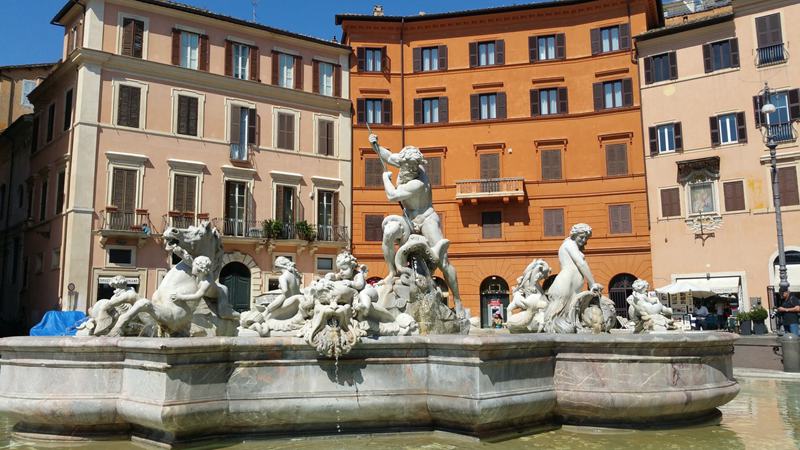
Renaissance and Baroque Periods
During the Renaissance, with the revival of classical culture, the image of Poseidon became popular again. Sculptors were inspired by ancient Greek and Roman art and created many sculptures of Poseidon. Famous examples include the Fountain of Poseidon in Florence, Italy, created by sculptors Baccio Bandinelli and Bartolomeo Ammannati.
Baroque sculptures of Poseidon placed more emphasis on dynamism and drama and were often depicted as a mighty figure emerging from the water. This expression method made the sculptures more vivid and expressive.
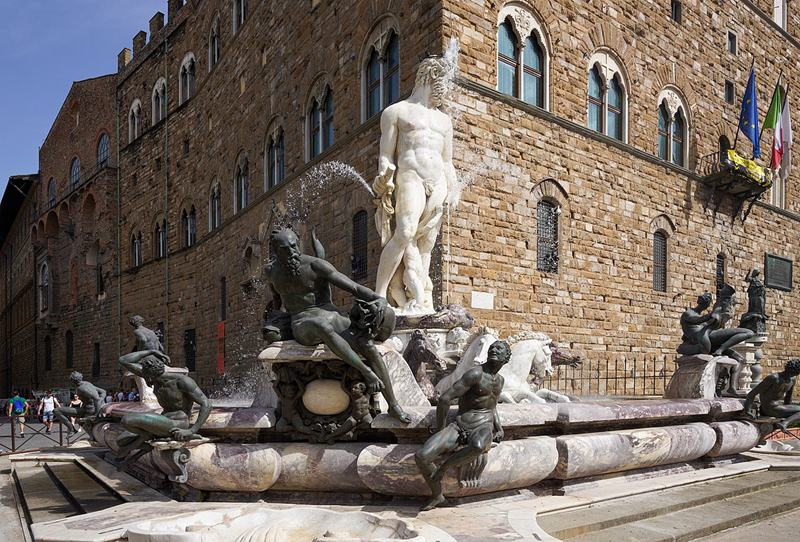
Modern Period
In modern art, the image of Poseidon has been constantly reinterpreted. Modern sculptors use a variety of materials and styles to express their understanding of this ancient sea god. Poseidon statues are no longer just symbols of classical aesthetics, but can also be a medium for modern art to explore the relationship between nature and humans. For example, the modern Greek god Poseidon statue in the Canary Islands of Spain combines ancient mythology with modern environmental art.
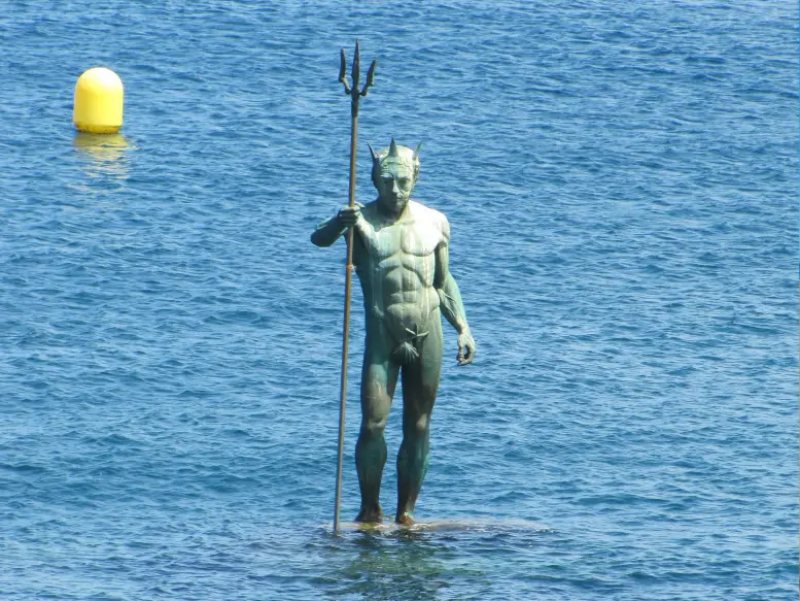
Through these periods, the Greek god Poseidon statues not only reflect the changes in artistic style but also show the different understandings and interpretations of this sea god in different cultures. This evolving artistic representation shows the importance and enduring appeal of Poseidon’s image in culture.
YouFine Greek God Poseidon Statue Replica
YouFine was founded in 1983, providing one-stop customization services for bronze, marble, and stainless steel, which can meet the needs of different customers for sculptures. Below are some of the Poseidon sculptures we have made and the feedback. We have lasting quality and unparalleled factory prices. If you are a fan of Poseidon or want to add a high-quality Poseidon sculpture to your environment, please feel free to contact YouFine.
